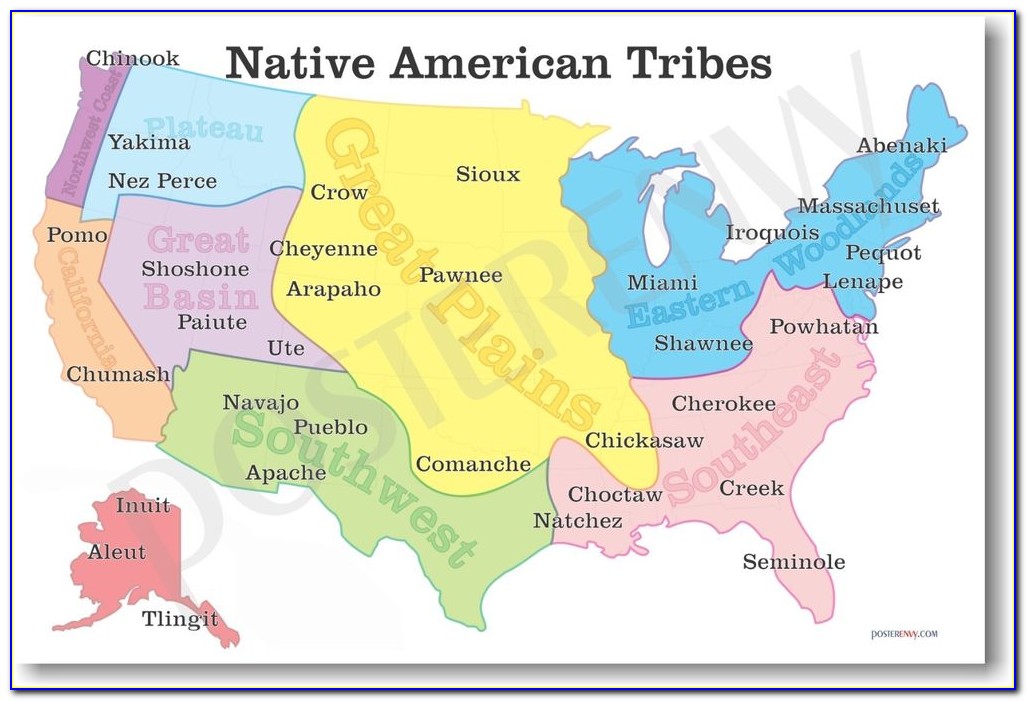Mapping the Tapestry of 1600: A Look at Native American Tribes Before Colonization
Mapping the Tapestry of 1600: A Look at Native American Tribes Before Colonization

The year 1600 marks a pivotal point in North American history. Before the arrival of European colonists, a vast and diverse tapestry of Native American tribes thrived across the continent, each with their unique cultures, languages, and ways of life. To understand the true impact of colonization, we must first journey back in time and explore the intricate map of Native American tribes that existed in 1600.
A Landscape of Diversity:
Related Articles: Mapping the Tapestry of 1600: A Look at Native American Tribes Before Colonization
- Unearth the Tapestry of History and Culture: A Journey Through Time
- Feather Art Ideas: Unleash Your Creativity with Exquisite Designs
- Tulalip Casino: Your Gateway to Fun, Fortune, and Unforgettable Experiences
- Tribal Rhythms: Dancing with the Legget Tribe in the Philippines
- Discover the Heart of Hemet: Exploring the Ramona Indian Reservation
The 1600s saw a vibrant array of Native American cultures across North America, each adapted to their specific environment and resources. From the icy plains of the Arctic to the lush forests of the East Coast, from the arid deserts of the Southwest to the fertile valleys of the West, each region boasted distinct tribes with their own traditions, languages, and social structures.
The Northeast: A Tapestry of Woodlands
The Northeast, encompassing present-day New England and the Mid-Atlantic states, was home to a diverse array of Algonquian-speaking tribes. The Iroquois Confederacy, a powerful alliance of five nations (Mohawk, Oneida, Onondaga, Cayuga, and Seneca), dominated the region, known for their intricate political system and fierce warriors. Other prominent tribes included the Algonquin, Abenaki, and Pequot, each with their own unique cultural practices and territories.
The Southeast: A World of Agriculture and Trade
The Southeast, spanning from present-day Virginia to Florida, was characterized by its rich agricultural practices and complex social structures. The Mississippian culture, known for its impressive mound-building architecture and advanced agricultural techniques, flourished in this region. The Cherokee, Creek, Choctaw, Chickasaw, and Seminole were among the prominent tribes, each with their own distinct languages, beliefs, and traditions.
The Great Plains: Nomadic Warriors and Buffalo Hunters
The Great Plains, stretching from the Mississippi River to the Rocky Mountains, was a vast expanse of grassland, home to nomadic tribes who relied heavily on buffalo hunting. The Lakota, Cheyenne, Comanche, and Blackfoot were among the prominent tribes, known for their skilled horsemanship, intricate beadwork, and powerful warrior societies.
The Southwest: A Land of Pueblos and Cliff Dwellings

The Southwest, encompassing present-day Arizona, New Mexico, and parts of Utah and Colorado, was a land of diverse cultures and unique adaptations to the arid environment. The Pueblo people, known for their distinctive adobe architecture and intricate pottery, built thriving villages in the region. The Navajo and Apache, nomadic tribes who adapted to the harsh desert conditions, were also prominent in the Southwest.
The Northwest Coast: A Feast of Abundance
The Northwest Coast, encompassing present-day Washington, Oregon, and British Columbia, was a land of rich resources and complex social structures. The Chinook, Salish, and Haida tribes were known for their skilled fishing, elaborate totem poles, and intricate social hierarchies. Their societies were centered around the abundance of salmon and other marine life, leading to a unique cultural development.
The California Coast: A Mosaic of Tribes
The California Coast, stretching from the Oregon border to the Mexican border, was home to a diverse array of tribes, each with their own distinct language, culture, and way of life. The Chumash, Yurok, and Miwok were among the prominent tribes, known for their unique basketry, shell ornaments, and intricate social structures.

The Arctic: A World of Ice and Resilience
The Arctic, encompassing present-day Alaska and northern Canada, was a harsh and unforgiving environment, home to a resilient group of Inuit tribes. The Inuit, known for their exceptional hunting skills and mastery of survival techniques, adapted to the icy landscape, relying on caribou, seal, and other marine life for sustenance.
Mapping the Past:
Creating a map of Native American tribes in 1600 is a complex task, as tribal boundaries were fluid and constantly shifting. However, using historical accounts, archaeological evidence, and linguistic data, we can gain a valuable understanding of the distribution of tribes across the continent.
The Importance of Understanding the Past:

Mapping the tapestry of Native American tribes in 1600 is not just an academic exercise. It is a crucial step in understanding the true impact of colonization on North America. By recognizing the diversity and complexity of Native American cultures before European arrival, we can better appreciate the historical injustices that followed and the resilience of Native American communities throughout the centuries.
Challenges and Limitations:
It’s important to acknowledge the inherent limitations of any historical map, especially one attempting to capture the dynamism of Native American cultures. Tribal boundaries were fluid, and alliances and conflicts constantly reshaped the landscape. Furthermore, historical records often reflect the biases of European observers, and the perspectives of Native American tribes themselves are often lost or marginalized.
Beyond the Map: A Deeper Understanding
While a map provides a visual representation of the distribution of tribes, it is only a starting point. To truly understand the tapestry of Native American cultures in 1600, we must delve deeper into their individual stories, their unique languages, their complex social structures, and their rich cultural traditions.
The Legacy of Resilience:
Despite the devastating impact of colonization, Native American cultures have endured and continue to thrive. Today, there are over 574 federally recognized tribes in the United States, each carrying forward their unique traditions and languages. By acknowledging the past, celebrating the present, and supporting the future of Native American communities, we can ensure that their voices are heard and their stories are told.
FAQs about Map of Native American Tribes in 1600
Q: What were the major language families of Native American tribes in 1600?
A: The major language families included Algonquian, Iroquoian, Siouan, Athabaskan, Salishan, and Uto-Aztecan, among others.
Q: What are some of the most significant cultural differences between Native American tribes in 1600?
A: Cultural differences were vast, encompassing everything from social structures and political systems to religious beliefs, artistic expressions, and subsistence practices. Some tribes were nomadic hunters, while others were settled agriculturalists. Some had complex social hierarchies, while others were more egalitarian.
Q: How did European colonization impact the map of Native American tribes?
A: European colonization had a devastating impact on Native American populations, leading to disease, displacement, and cultural assimilation. Many tribes were forced from their traditional lands, and their populations were decimated.
Q: What resources are available for learning more about Native American tribes in 1600?
A: There are numerous resources available, including books, documentaries, museum exhibits, and online databases. The National Museum of the American Indian, the Smithsonian Institution, and various tribal websites offer valuable information.
Q: How can I support Native American communities today?
A: You can support Native American communities by learning about their history and culture, patronizing Native-owned businesses, advocating for tribal sovereignty, and supporting organizations working to preserve Native languages and traditions.

Closure
Thus, we hope this article has provided valuable insights into Mapping the Tapestry of 1600: A Look at Native American Tribes Before Colonization. We appreciate your attention to our article. See you in our next article!